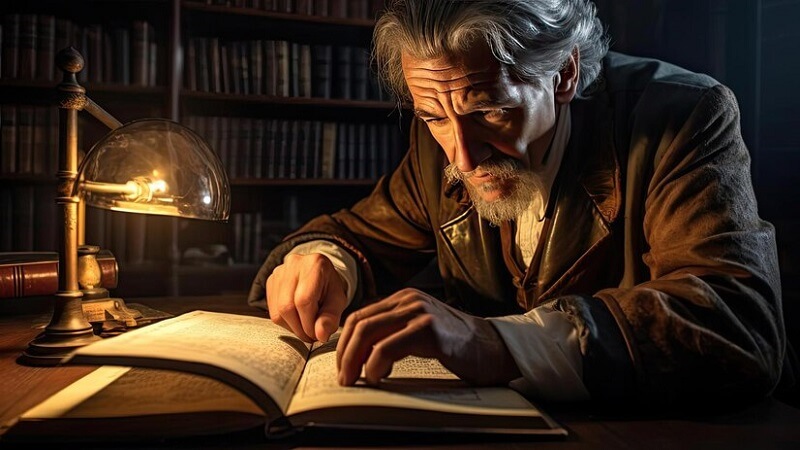In the epic poem Beowulf, the author depicts Grendel, the menacing creature, as a complex antagonist whose characterization reveals much about the nature of evil and isolation. In this article, we will explore how the text characterizes Grendel in this excerpt, focusing on the various aspects of his personality and symbolic significance. The poet’s use of language, imagery, and symbolism helps craft a multi-dimensional portrait of Grendel, making him one of the most intriguing figures in literature.
1. The excerpt characterizes Grendel as having a monstrous appearance.
Grendel’s physical appearance is one of the most striking aspects of his characterization in this excerpt. The poet vividly describes Grendel as a creature of immense size and grotesque form.
The poet uses phrases like “shadow-stalker” and “hell-spawn” to underscore Grendel’s unnatural origins. These descriptions help broaden the understanding of how Grendel is characterized in this excerpt as a being who embodies the chaotic and destructive forces of nature. His physical form is a direct representation of the evil that he brings into the world of men, making him a powerful symbol of fear and destruction.
2. This excerpt characterizes Grendel as a symbol of evil and chaos.
Grendel’s lineage further emphasizes his characterization as a force of evil. Being a descendant of Cain, the biblical figure cursed for committing the first murder, ties Grendel to the concept of original sin. This connection reinforces Grendel’s characterization in this excerpt as a being doomed by his ancestry to live a life of destruction and isolation. His very existence challenges the peace and harmony of the human world, making him a personification of the darker aspects of life.
3. This excerpt characterizes Grendel as a creature tormented by loneliness.
Grendel’s profound sense of loneliness and isolation is another significant aspect of his characterization in this excerpt. Although Grendel is a fearsome monster, the poet also portrays him as a creature that suffers from his separation from society. The poet depicts Grendel’s hatred for mankind as stemming from his exclusion from the warmth and fellowship that he observes but can never partake in.
This psychological depth adds a layer of tragedy to Grendel’s character. To understand how Grendel is characterized in this excerpt, we see that more than just malice drives his violent actions; he desperately attempts to connect with a world that has rejected him. This portrayal of Grendel as a tragic figure, cursed to dwell on the fringes of human society, evokes a sense of pity for him, making his character more relatable and nuanced.
4. This version focuses on the action of characterizing Grendel, making the sentence more direct and active.
Finally, understanding how Grendel is characterized in this excerpt crucially depends on his connection to the supernatural world. The poet describes Grendel as a creature who inhabits the dark, wild places of the earth, far from the orderly world of men. His lair is in a desolate, eerie swamp, which further emphasizes his association with the supernatural and the unknown.
Grendel’s connection to the supernatural extends beyond his physical habitat and is evident in his actions and nature. His lineage from Cain places him in direct opposition to the divine order, marking him as an enemy of God and all that is good.The supernatural aspect of Grendel’s character is key to understanding how the excerpt characterizes him because it highlights his embodiment of forces beyond human understanding and control.
Conclusion
In conclusion, understanding Grendel’s characterization in this excerpt reveals him as a complex and multi-dimensional figure. Grendel’s monstrous appearance, his role as a symbol of evil and chaos, his deep sense of loneliness, and his connection to the supernatural all contribute to his portrayal as one of literature’s most memorable antagonists. Through vivid imagery and symbolism, the poet creates a character that is both terrifying and tragic, a creature that embodies the darker aspects of the human experience. Grendel’s characterization serves to highlight the themes of heroism, isolation, and the eternal struggle between good and evil, making him an essential figure in the epic narrative. Read More D2armorpicker.
